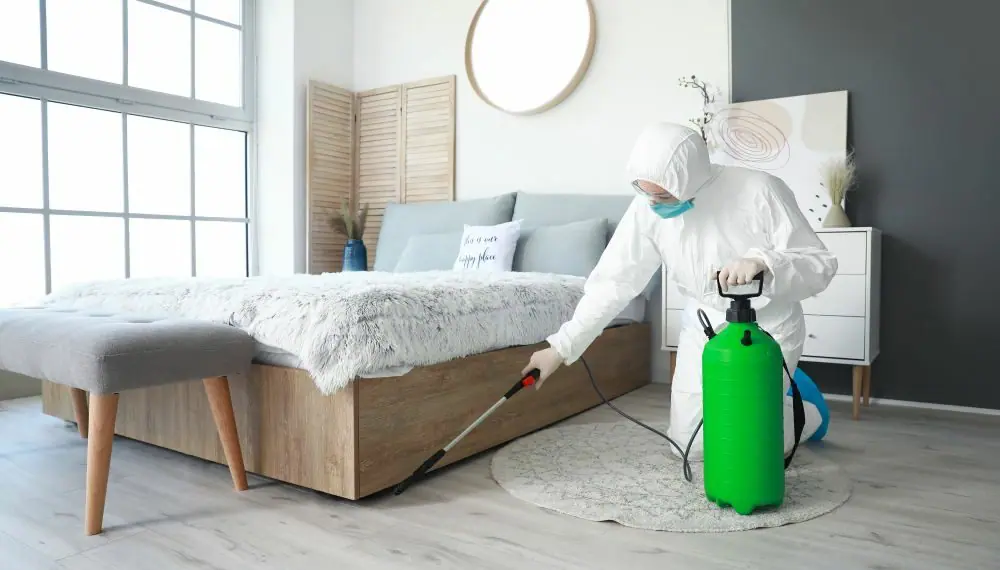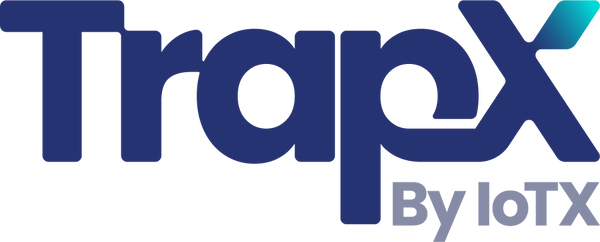How Hotels Use Technology for Pest Monitoring Effectively
Share
In today's fast-paced world, technology has permeated every aspect of our lives, including the hospitality industry. One of the most intriguing advancements is how hotels use technology for pest monitoring. This innovative approach not only ensures a comfortable stay for guests but also enhances the reputation and operational efficiency of hotels.
With the rise of cutting-edge technologies, hotels are now better equipped to handle pest issues that were once considered challenging. In this article, we'll explore the various technologies used by hotels to monitor and manage pest problems effectively.

The Importance of Pest Monitoring in Hotels
Pest infestations can severely impact a hotel's reputation. Guests expect a clean and comfortable environment, and any sign of pests can lead to negative reviews and a loss of business. Therefore, effective pest monitoring is crucial for maintaining high standards of hygiene and customer satisfaction in the hospitality industry.
Traditional methods of pest control often involve reactive measures, such as using chemicals or traps after an infestation is detected. However, these approaches are not always effective in preventing pest problems or addressing them promptly. This is where technology comes into play.
Advanced Technologies in Pest Monitoring
Hotels are increasingly turning to advanced technologies to monitor and manage pest issues proactively. These technologies offer real-time data and insights, allowing hotel staff to take immediate action and prevent infestations before they become a major problem.
1. IoT Sensors
Internet of Things (IoT) sensors are revolutionizing pest monitoring in hotels. These sensors can be strategically placed throughout the property to detect any signs of pest activity. They send real-time alerts to hotel staff, enabling them to respond quickly and efficiently. This proactive approach helps prevent infestations and ensures a pest-free environment for guests.
IoT sensors can detect a wide range of pests, including rodents, insects, and bed bugs. By continuously monitoring the environment, these sensors provide valuable data on pest activity patterns, helping hotels identify and address potential problem areas.
2. Thermal Imaging Cameras
Thermal imaging cameras are another powerful tool used by hotels to detect pests. These cameras can identify heat signatures emitted by pests, even in hidden or hard-to-reach areas. This technology is particularly effective for detecting bed bugs, which are notorious for hiding in mattresses and furniture.
By using thermal imaging cameras, hotels can conduct thorough inspections of guest rooms and common areas, ensuring that any signs of pest activity are detected and addressed promptly. This technology not only enhances pest monitoring but also minimizes the need for disruptive and time-consuming manual inspections.
3. Digital Pest Control Platforms
Digital pest control platforms integrate various technologies to provide a comprehensive solution for pest monitoring and management. These platforms allow hotels to track pest activity, receive real-time alerts, and access detailed reports on pest trends and patterns.
By leveraging digital platforms, hotels can streamline their pest control efforts and make data-driven decisions. This not only improves the efficiency of pest management but also reduces the reliance on chemical treatments, aligning with environmentally friendly practices.
Benefits of Technology-Driven Pest Monitoring
The adoption of technology for pest monitoring in hotels offers numerous benefits. Here are some key advantages:
- Proactive Detection: Technology enables hotels to detect pest activity early, preventing infestations and minimizing the risk of guest complaints.
- Improved Efficiency: Real-time alerts and data insights allow hotel staff to respond quickly and effectively to pest issues, reducing the need for manual inspections and treatments.
- Enhanced Guest Experience: By ensuring a pest-free environment, hotels can provide a comfortable and enjoyable experience for guests, leading to positive reviews and repeat business.
- Cost Savings: Technology-driven pest monitoring helps hotels identify and address pest issues before they escalate, reducing the need for costly chemical treatments and repairs.
Conclusion
As the hospitality industry continues to evolve, hotels must embrace innovative technologies to stay competitive. How hotels use technology for pest monitoring is a prime example of how advancements in technology can improve operational efficiency and enhance guest satisfaction.
By leveraging IoT sensors, thermal imaging cameras, and digital pest control platforms, hotels can proactively monitor and manage pest issues, ensuring a clean and comfortable environment for their guests. This technology-driven approach not only safeguards a hotel's reputation but also aligns with sustainable practices, making it a win-win solution for the industry.
For more information on pest monitoring in hotels, visit Orkin and learn about integrated pest management strategies.

FAQs
1. How do IoT sensors help in pest monitoring?
IoT sensors provide real-time data and alerts on pest activity, allowing hotels to respond quickly and prevent infestations.
2. What pests can thermal imaging cameras detect?
Thermal imaging cameras can detect a variety of pests, including bed bugs and rodents, by identifying their heat signatures.
3. What are the benefits of using digital pest control platforms?
Digital platforms offer comprehensive pest monitoring solutions, enabling hotels to track pest activity, receive alerts, and make data-driven decisions for effective pest management.
